| description |
A dark, blackish-brown species with two distinctive yellowish marks down the back. The wings are mostly concolorous with the rest of the body, with rufous-tinted tips. Sexes can be distinguished from one another by the length of the horn- in females, the horn is noticeably long and prominent, while in males the horn is much smaller, sometimes nothing more than a little nub. Egg masses are whitish in color, resembling raised shells on a stem. Nymphs are a grayish color, with a small forward-facing horn and spines down the middle of the abdomen. See here for a nice depiction of the life cycle of nymphs of this genus.
For more pics of this species, see: BG. |
| comments |
Recent studies have shown that there are a number of undescribed species within the Enchenopa binotata species complex, with each undescribed species feeding on a specific, different host plant. These host plants include Cercis (redbud), Juglans (walnut), Viburnum, and Celastrus (this page). Adults of the various species cannot be distinguished from one another, so it is imperative to record the host plant that Enchenopa individuals are found on. Some nymphs of this complex are distinctive enough to be identified to species: see here. |
Species Photo Gallery for Enchenopa binotata Two-marked Treehopper |
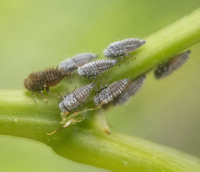 | Photo by: Scott Morris
Buncombe Co.
Comment: Found on stem of plant. The plant was growing along a fence in a suburban yard. | 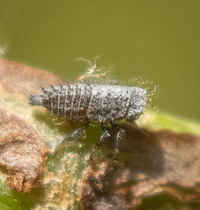 | Photo by: Scott Morris
Buncombe Co.
Comment: Found on stem of plant. The plant was growing along a fence in a suburban yard. |
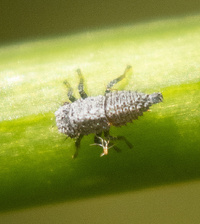 | Photo by: Scott Morris
Buncombe Co.
Comment: Found on stem of plant. The plant was growing along a fence in a suburban yard. | 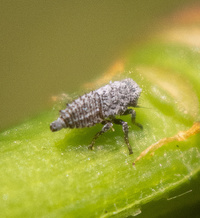 | Photo by: Scott Morris
Buncombe Co.
Comment: Found on stem of plant. The plant was growing along a fence in a suburban yard. |
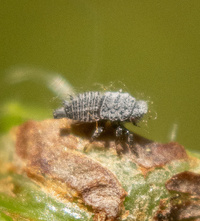 | Photo by: Scott Morris
Buncombe Co.
Comment: Found on stem of plant. The plant was growing along a fence in a suburban yard. | 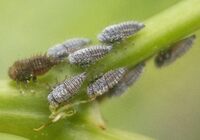 | Photo by: Scott Morris
Buncombe Co.
Comment: Found on stem of plant. The plant was growing along a fence in a suburban yard. |
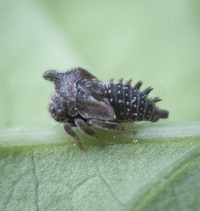 | Photo by: Scott Morris
Buncombe Co.
Comment: Found on leaf of host along a fence line in a suburban backyard. | 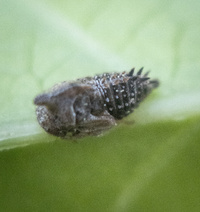 | Photo by: Scott Morris
Buncombe Co.
Comment: Found on leaf of host along a fence line in a suburban backyard. |
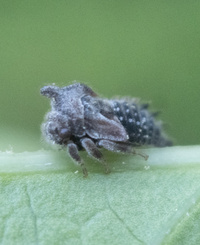 | Photo by: Scott Morris
Buncombe Co.
Comment: Found on leaf of host along a fence line in a suburban backyard. | 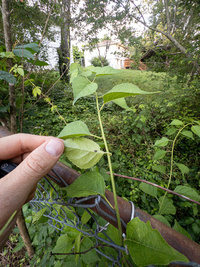 | Photo by: Scott Morris
Buncombe Co.
Comment: Found on leaf of host along a fence line in a suburban backyard. |
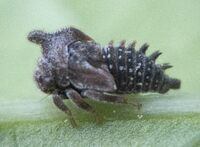 | Photo by: Scott Morris
Buncombe Co.
Comment: Found on leaf of host along a fence line in a suburban backyard. | 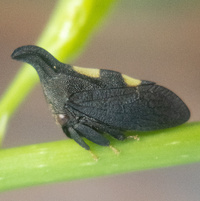 | Photo by: Scott Morris
Buncombe Co.
Comment: Found on plants that run along a metal fence line that separates two yards. There are a variety of invasive species along this fence, including Celastrus orbiculatus. The adult hoppers were found on two or three different plants several feet apart. |
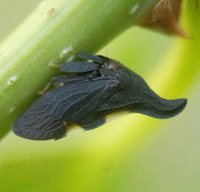 | Photo by: Scott Morris
Buncombe Co.
Comment: Found on plants that run along a metal fence line that separates two yards. There are a variety of invasive species along this fence, including Celastrus orbiculatus. The adult hoppers were found on two or three different plants several feet apart. | 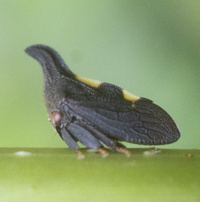 | Photo by: Scott Morris
Buncombe Co.
Comment: Found on plants that run along a metal fence line that separates two yards. There are a variety of invasive species along this fence, including Celastrus orbiculatus. The adult hoppers were found on two or three different plants several feet apart. |
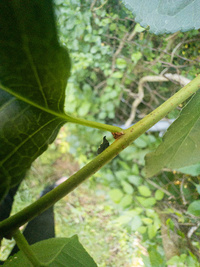 | Photo by: Scott Morris
Buncombe Co.
Comment: Found on plants that run along a metal fence line that separates two yards. There are a variety of invasive species along this fence, including Celastrus orbiculatus. The adult hoppers were found on two or three different plants several feet apart. | 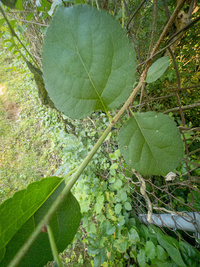 | Photo by: Scott Morris
Buncombe Co.
Comment: Found on plants that run along a metal fence line that separates two yards. There are a variety of invasive species along this fence, including Celastrus orbiculatus. The adult hoppers were found on two or three different plants several feet apart. |
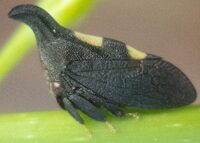 | Photo by: Scott Morris
Buncombe Co.
Comment: Found on plants that run along a metal fence line that separates two yards. There are a variety of invasive species along this fence, including Celastrus orbiculatus. The adult hoppers were found on two or three different plants several feet apart. |

 »
»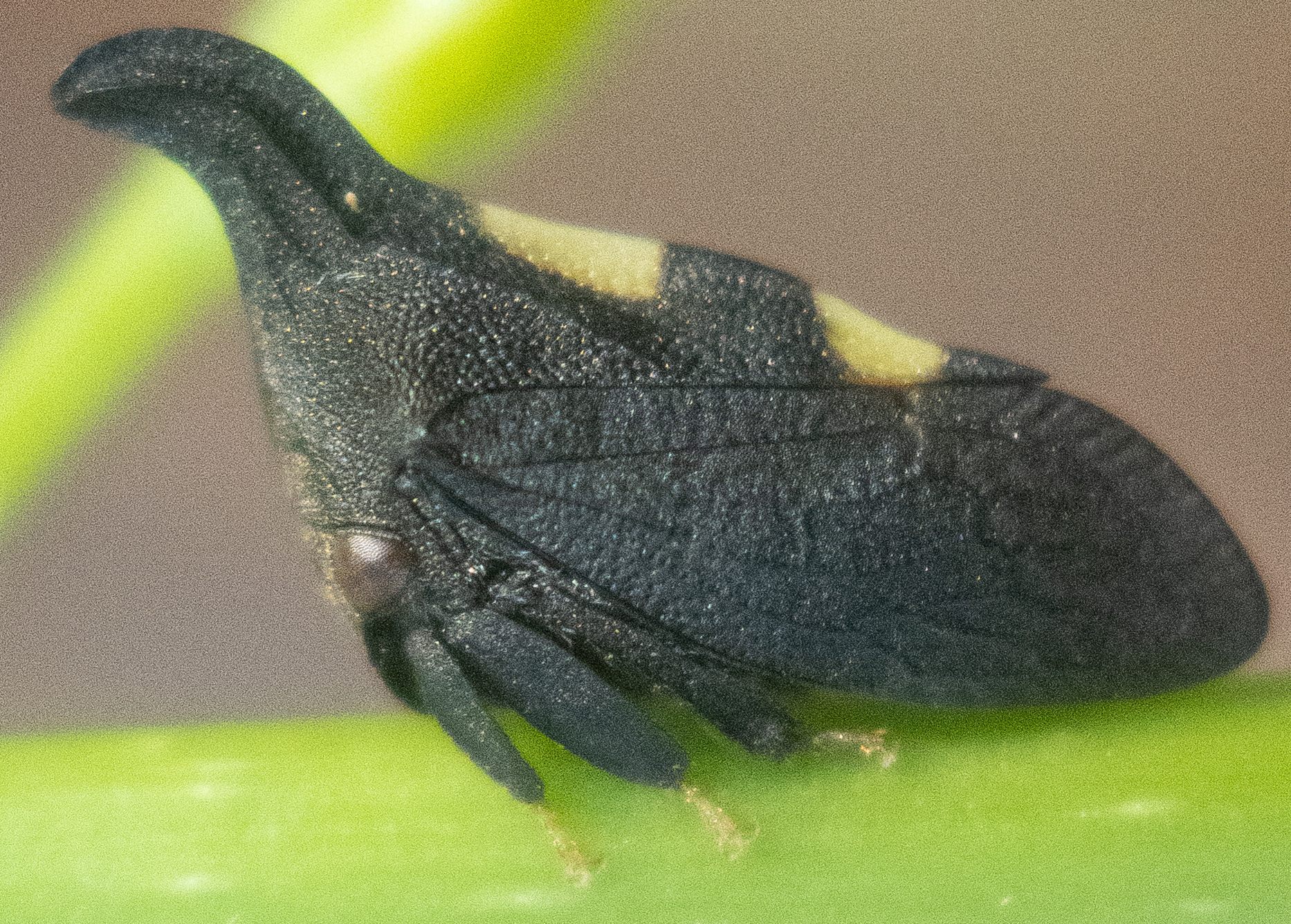
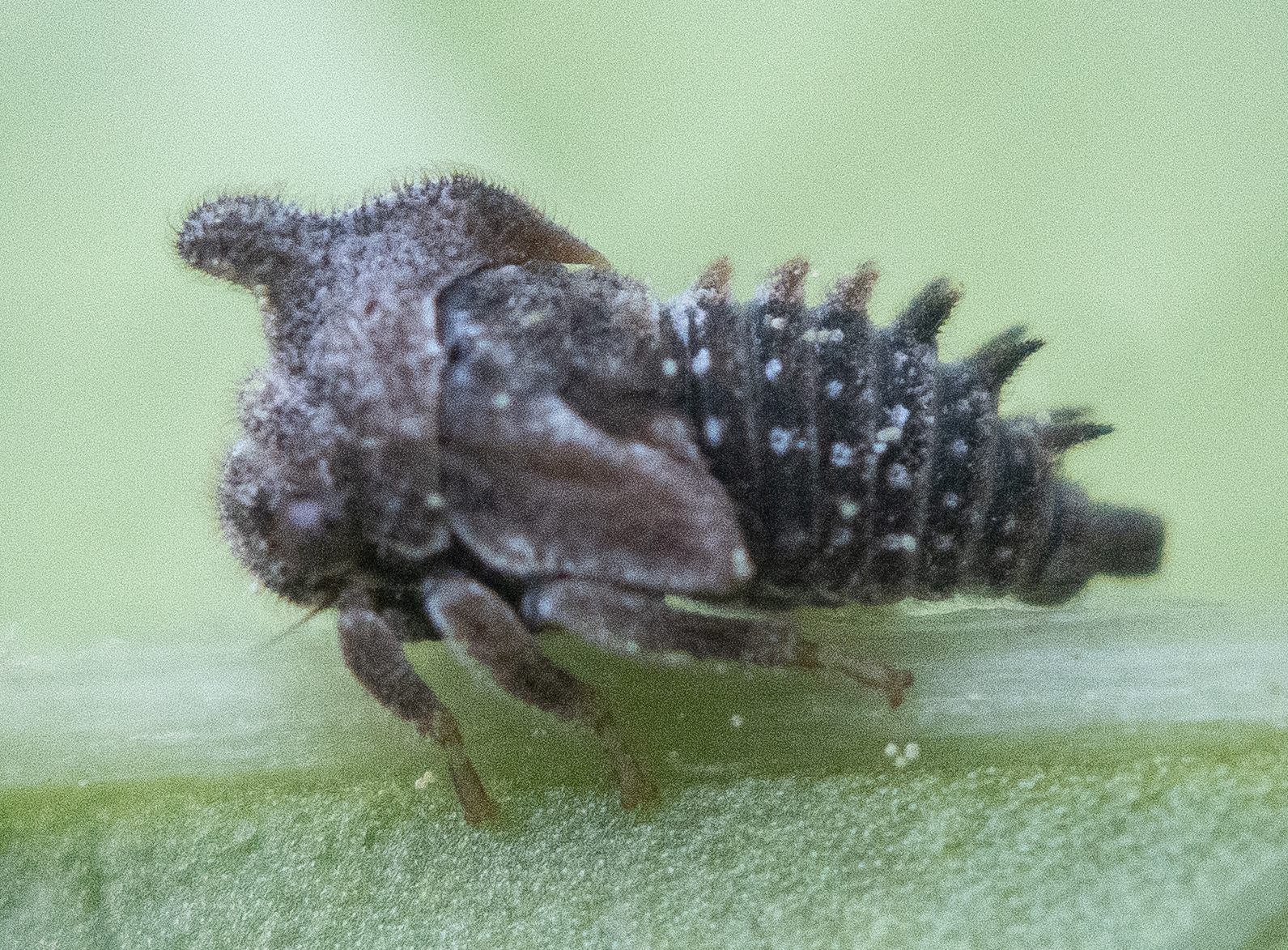
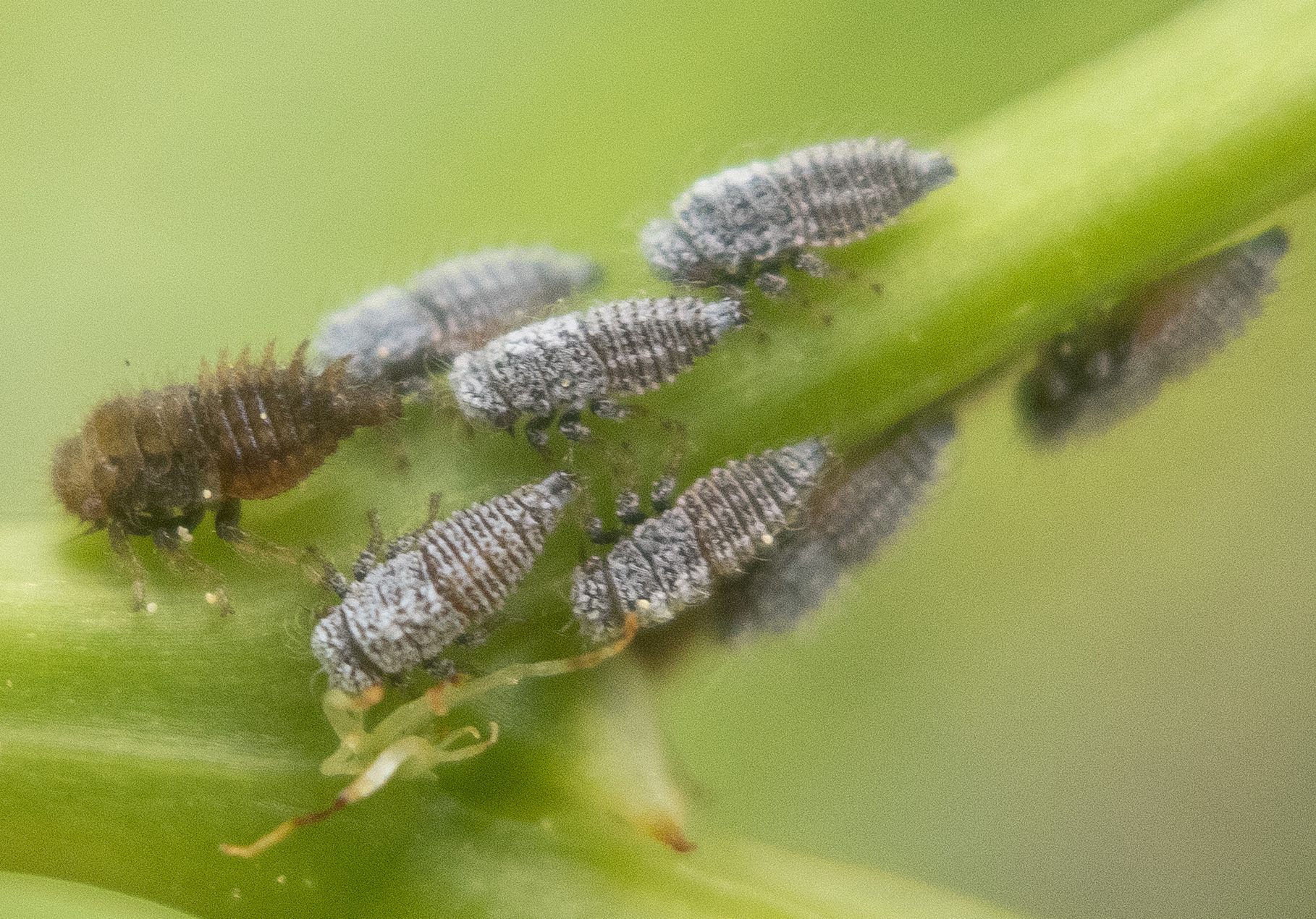

 »
»

